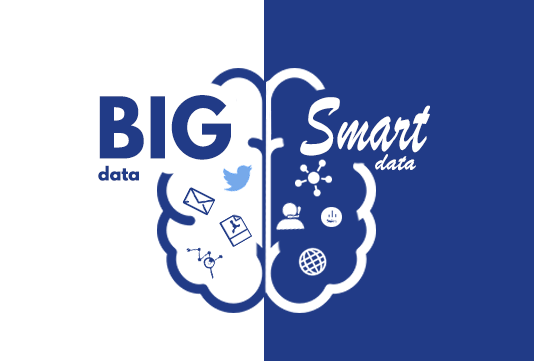Are loyalty programs ready for smart data?

11 March 2021
The availability of data has never really been an issue for loyalty programs. But transforming that mass of data into a commercially exploitable good is a bigger challenge, which will though become critical in the months ahead.
The recovery of the hospitality and airline market will be characterised by tremendous overcapacity. It is everybody’s guess whether it might be cheaper to keep entire hotels closed and airplane fleets grounded, but the temptation to operate these expensive assets risks being stronger. The result will be price wars and product enhancements – all good for the customer, but not necessarily for the bottom line of the operators.
To counter all these challenges, loyalty programs are to play a major role. The theory was always that these programs are not so much needed in good times – and people got indeed distracted by finding secondary roles for them such as monetizing their currency -, but that they’d prove their real value in downturns.
Few would argue that this moment of truth has now come for loyalty programs.
Success will be based on some required adjustments to the program offering, but especially on the capacity of programs to use data in a smart manner. Of course, it will still be 1-to-n marketing – but the « n » value should approach 1 much more than in the past.
The difficulty will indeed be that not all historic data is fully relevant anymore – and nobody will tell you which part of your data is still relevant. Depending on your downgrade policy, you may have a current top tier elite member, which will still be at a mid-tier in two years and you will treat him as valued customer. As a matter of fact, he might though have stopped all interaction with you, but is still at a mid-tier level because you downgrade him only by one level each year. As I saw the other day a gentleman posting a picture of his renewed Miles & More elite credentials on Twitter, with the comment « Memories of my previous life ».
Usage of smart data would include such sources and link it to his profile, understanding that any future marketing efforts with him would be in vain (and can be stopped).
Earlier this week, I received one of the not very frequent emails from Flying Blue, informing me about the fact that Transavia flights now also accrue a tier bonus. I haven’t recorded a single transaction with Transavia since the beginning of the partnership. Am I worth such a stand-alone mailing, being moreover based in Toulouse from where Transavia serves exactly one niche route, which started amid the pandemic? And without mentioning that route in the mailing? A more relevant (=engaging) content could probably have been found for somebody with a rather rich history of transactions.
For the past year, I must have received at least 30 (!) offers from TAP Air Portugal about their promotions to subscribe to their mileage purchase packages. While these offers basically provide an interesting value, at one point, they should understand that I don’t intend to jump on the waggon and try a different angle to catch my attention. And crossing internal data would even let them understand that I still have huge travel credits with them from cancelled trips, struggling to use them as their network is of limited use to me. It’d be of more value to me (and create stronger loyalty) if they tried to address that!
Until today, loyalty programs still try far too often to influence behaviour in a direction of their own interest (e.g. towards high-margin non-air redemptions), rather than accepting the client as he/she is. Finding always the appropriate offer is obviously impossible, but more tailor-making will definitely be required to remain relevant in the eyes of customers and keeping them engaged. Membership in any loyalty and subscription program is these days automatically associated with the need to provide practical day-to-day value, on top of the more mid-term perspectives of rewards and recognition.
Loyalty managers (or their managers) still understanding monetizing the currency as primary objective are not only missing a trick, but get distracted from investing their efforts into those areas, where they can make a revenue difference for their companies. How much money does a program make if I conduct my next online purchase over their shopping platform? And how much money would the airline make if I planned my next overseas family trip with it?
With an industry so proud of all the available data, it is time to exploit the related opportunities. There was never a better moment to prove the real value and power of a loyalty program to upper management.
Are loyalty programs ready for the challenge? I am afraid that most are not because they lack such a strategic view on the value of the data. What makes it easier for those few more advanced than others in the area to stand out from the crowd and make a difference. And for the others, there are at least some low-hanging fruits for grab in order to build an easy business case for your managers.







